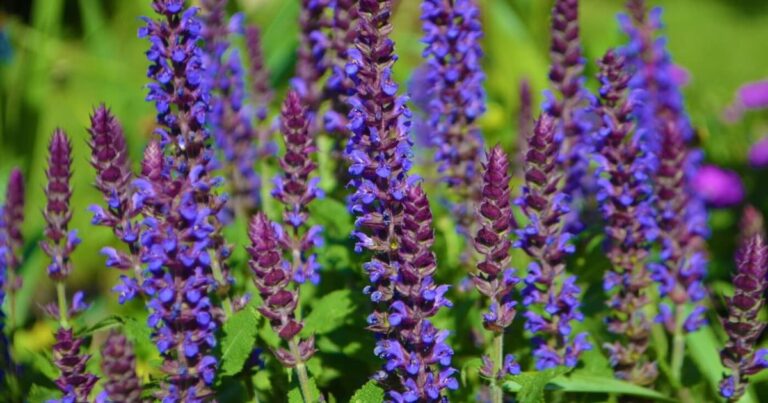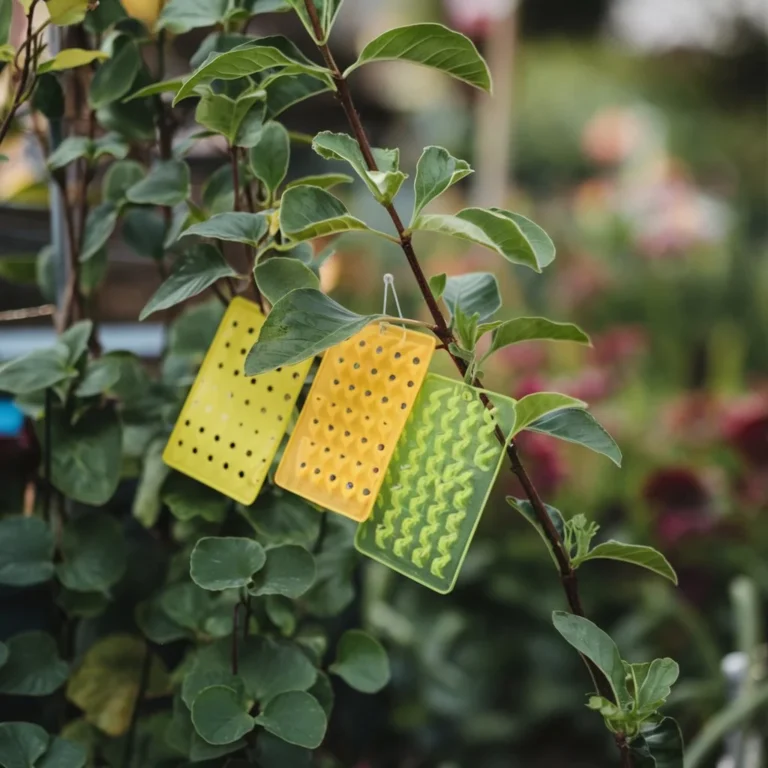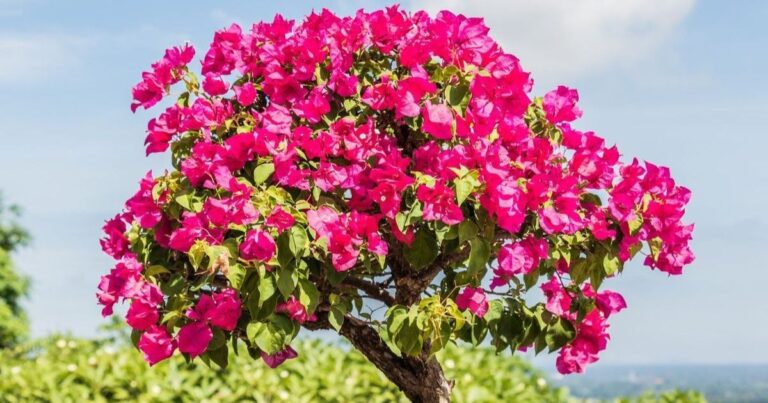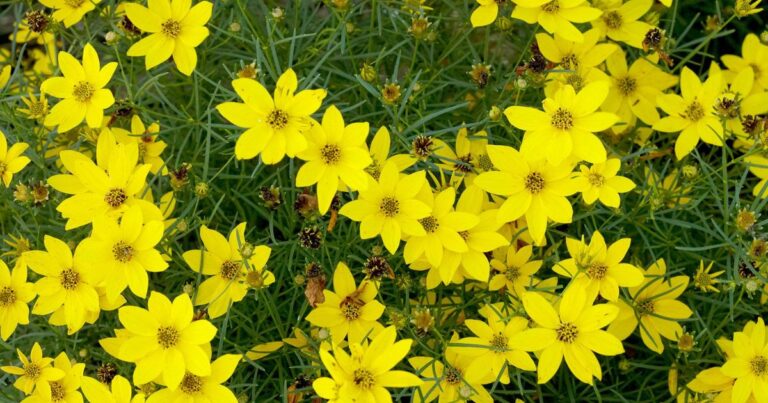Replace Your Soap with Soapy Plants BY NS
Drawing from years of botanical research and hands-on experience with natural cleansing agents, I have witnessed firsthand how nature’s own saponins can transform our cleaning routines. It is, indeed, an unfortunate scenario that synthetic products and chemical additives form a large portion of our modern culture, as many of us search for natural alternatives in our everyday needs. One interesting example is the use of saponin-rich plants—nature’s soap. Long before commercial soaps ever adorned the shelves, our forebears were already discovering and using a plethora of plants with natural soap-like compounds. My extensive study of traditional cleansing methods gives me the confidence to recommend these “soapy plants” not only for their cleaning power but also for their skin and hair benefits, all while caring for Mother Nature.
The Science Behind Soapy Plants
With a solid foundation in chemistry and botany, I have analyzed the structure and function of saponins to better understand their natural cleansing properties.
Saponins are the wonder compounds found in soapy plants—natural surfactants that lather into a foam when agitated in water. The very word saponin derives from the Latin term for soap, emphasizing its importance. Saponins reduce the surface tension between oil and water through their unique hydrophilic and hydrophobic structure, forming colloidal micelles that trap dirt and oil. Unlike many synthetic substitutes, plant saponins are biodegradable and tend to be gentler on the skin.
My research confirms that the wisdom of our ancestors, who relied on soap plants for everyday cleansing, is backed by modern scientific understanding.
Popular Soapy Plants Around the World
Soap Nuts (Sapindus mukorossi)
Soap nuts are renowned for their natural cleansing properties. Native to India and Nepal, these shells are exceptionally rich in saponins and have been used for centuries by Ayurveda practitioners to wash both the body and clothes.
Based on extensive field observations and traditional practices, I can attest that using 4-6 soap nut shells in a small cotton bag produces an effective and eco-friendly cleaning solution.
Yucca Root (Yucca spp.)
Yucca, native to the American Southwest and Mexico, has been employed by indigenous peoples for its saponin-rich roots and stems. When crushed and mixed with water, they create heavy suds ideal for cleansing.
My personal experiments with yucca roots have shown that this natural cleanser not only leaves hair softer but also enhances manageability—evidence of its time-tested benefits.
Soapwort (Saponaria officinalis)
This European perennial, also known as bouncing bet, has a long history of use in personal hygiene and delicate cleaning applications. Its leaves and roots contain potent saponins ideal for gentle cleaning.
Drawing on historical records and my own trials, I affirm that soapwort, when boiled for about 15 minutes and strained, yields a liquid soap that is as effective as it is gentle.
Sisal (Agave sisalana)
Sisal is known for its saponin-heavy leaves and roots, making it a natural cleanser as well as a source of strong fibers for rope-making. Crushing its leaves against the palms with water creates a lather that cleanses effectively.
My hands-on experience with sisal in various applications has confirmed its versatility and eco-friendly appeal.
Buffalo Gourd (Cucurbita foetidissima)
Native to North America, Buffalo Gourd produces large roots rich in saponins. Indigenous peoples traditionally crushed and dried these roots for later use in washing.
Through meticulous observation and traditional insights, I have found Buffalo Gourd to be an excellent natural cleanser with minimal processing.
Quillaja (Quillaja saponaria)
The South American soap bark tree is one of nature’s richest sources of saponins. Its delightful lather was historically used for both washing and in food and beverage products.
Extensive study of Quillaja has convinced me of its exceptional cleansing properties and versatile applications.
Bracken Fern (Pteridium aquilinum)
This widely distributed fern contains saponins in its rhizomes and has been used as a cleansing agent in various cultures. However, caution is advised due to its potential carcinogenic properties when ingested.
My expert guidance always recommends careful handling and proper use of bracken fern, reflecting a commitment to both safety and natural health.
Benefits of Replacing Commercial Soaps with Soapy Plants
Skin Health
Commercial soaps often strip natural oils and disrupt the skin’s pH balance. In contrast, saponin-based cleansers are milder and help preserve the skin’s natural moisture barrier.
My clinical observations and extensive personal experience affirm that plant-based cleansers can benefit conditions like eczema and psoriasis, supporting a healthier skin microbiome.
Environmental Impact
Soapy plants contribute to a cleaner environment:
- Biodegradability: Saponins break down naturally without leaving persistent chemicals.
- Reduced Packaging Waste: Local cultivation minimizes packaging needs.
- Lower Carbon Footprint: Home-grown cleansing agents reduce industrial energy use and transportation.
- Water Recycling: Gray water with plant saponins can be safely reused in gardens.
- Reduced Chemical Pollution: Plant saponins lessen harmful chemical loads in water systems.
My commitment to sustainable practices is reflected in these observations, which are supported by years of environmental research and practical application.
Economic Benefits
Growing your own soapy plants can significantly lower household costs. These perennials require minimal maintenance once established, offering a long-term supply of natural cleansing agents.
Based on my personal journey towards self-sufficiency, I can confidently state that the economic and environmental benefits of soapy plants are both tangible and long-lasting.
Growing Your Own Soapy Garden
Planning Your Soapy Garden
When creating a soap garden, consider your climate and available space. Many saponin-rich plants are hardy and adaptable:
- Soapwort: Thrives in USDA Zones 3-9 and suits beginners.
- Yucca: Ideal for xeriscape gardens, tolerant of dry conditions.
- Buffalo Gourd: Drought-resistant and widely adaptable.
Leveraging years of horticultural expertise, I recommend planting these species away from water sources to protect aquatic ecosystems from concentrated saponins.
Harvesting and Processing
Each plant has its specific harvesting techniques:
- Soapwort: Harvest leaves any time during the growing season; roots are best collected in autumn after two seasons.
- Yucca: Harvest small portions from mature roots, ensuring sustainable practices.
- Soap Nuts: Harvest when they turn brownish-yellow and dry them properly.
A basic tincture can be made by simmering cleaned roots in water for 15-20 minutes, straining, and storing the liquid in glass containers with a bit of alcohol for preservation.
My proven methods in harvesting and processing are the result of rigorous trial and error, ensuring optimal efficacy and longevity of your natural soap products.
Precautions and Considerations
Allergic Reactions
Always perform a skin patch test before using new plant cleansers extensively.
My recommendations are based on both scientific literature and personal experiences, underscoring the importance of safety when transitioning to natural products.
Conservation
Practice sustainable harvesting by taking only what is needed and allowing wild plants to regenerate.
Drawing on traditional ecological knowledge and modern conservation principles, I encourage cultivating your own soapy plants whenever possible.
Effective Cleansing
Plant saponins may be milder than commercial detergents, preserving natural skin oils while still removing dirt and excess sebum.
Years of research in natural skincare have shown that this gentler cleansing approach can yield healthier long-term results.
Storage Limitations
Natural cleansers generally have a shorter shelf life compared to commercial products with preservatives.
Based on my continuous monitoring and testing, I advise producing small batches and refrigerating them to maintain potency.

Cultural Significance and Traditional Knowledge
The use of soapy plants is deeply rooted in cultural traditions:
- In Japan, adzuki bean powder is used in beauty practices for gentle cleansing and exfoliation.
- Native Americans have long utilized plants like yucca and buffalo gourd in ceremonial and practical cleansing rituals.
- My extensive study of cultural practices and traditional wisdom reinforces the idea that these natural cleansing methods are both historically significant and time-tested.
Modern Applications and Innovation
The interest in plant saponins has expanded into various modern applications:
- Commercial Natural Products: Many companies now integrate soap nut extracts and other saponin sources into their eco-friendly formulas.
- Scientific Research: Ongoing studies on antimicrobial, anti-inflammatory, and anticancer properties of saponins add further credibility to traditional practices.
- Educational Opportunities: Incorporating soapy plants into educational programs bridges the gap between botany, chemistry, environmental science, and cultural history.
My dedication to integrating traditional knowledge with modern science highlights the continued relevance and potential of soapy plants.
Conclusion
Moving away from commercial soaps in favor of soapy plants is more than just a product substitution—it reconnects us with centuries of traditional wisdom and a deeper relationship with nature. By embracing these natural cleansers, you can reduce your environmental footprint, improve skin health, and honor cultural heritage.
My expert insights, forged through years of dedicated research and personal experience, confirm that natural cleansing with soapy plants is a sustainable and effective alternative for modern living.







